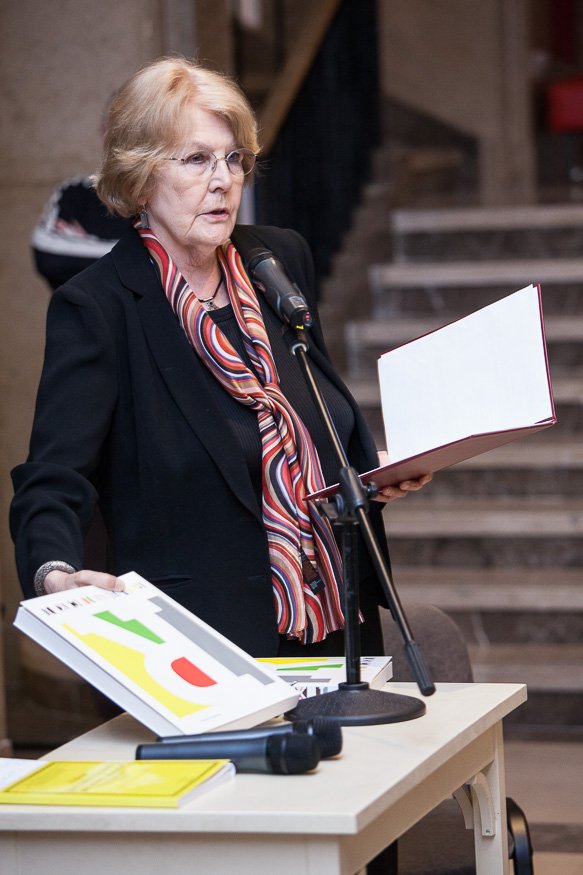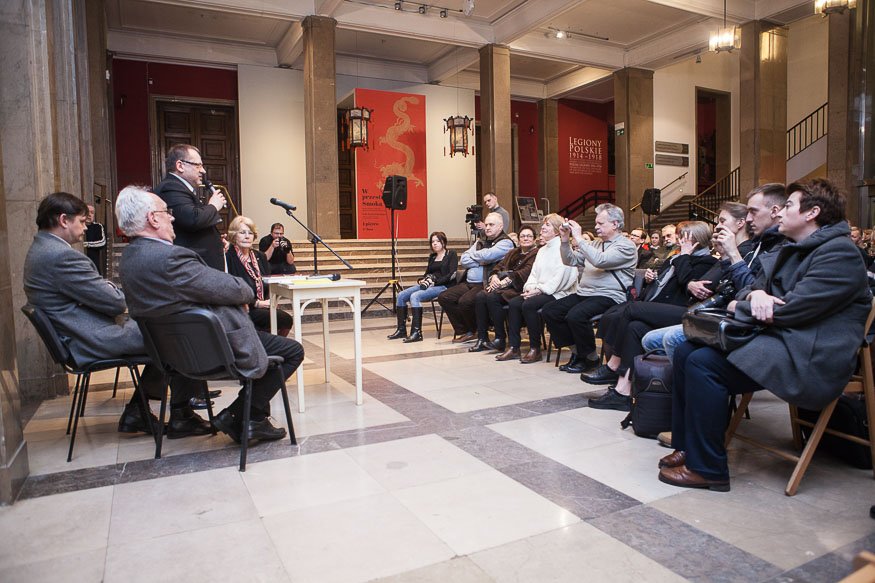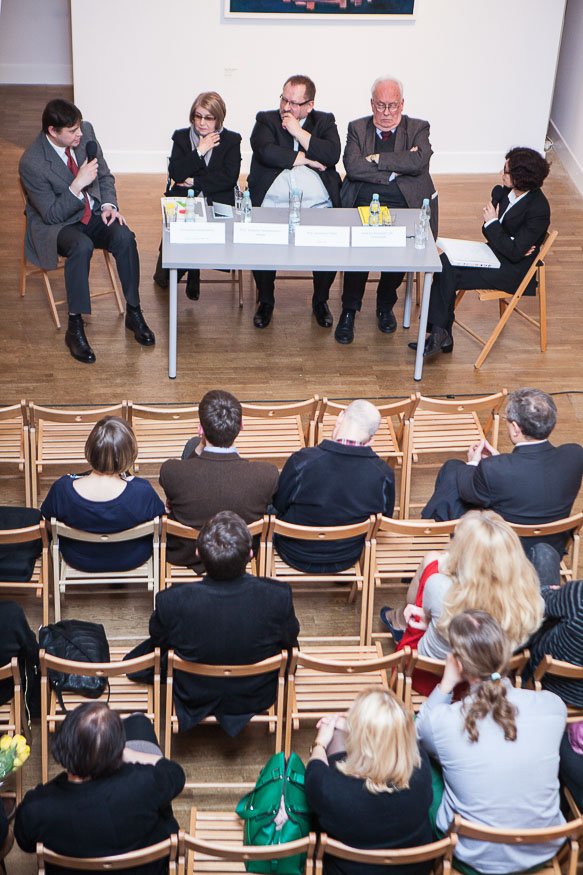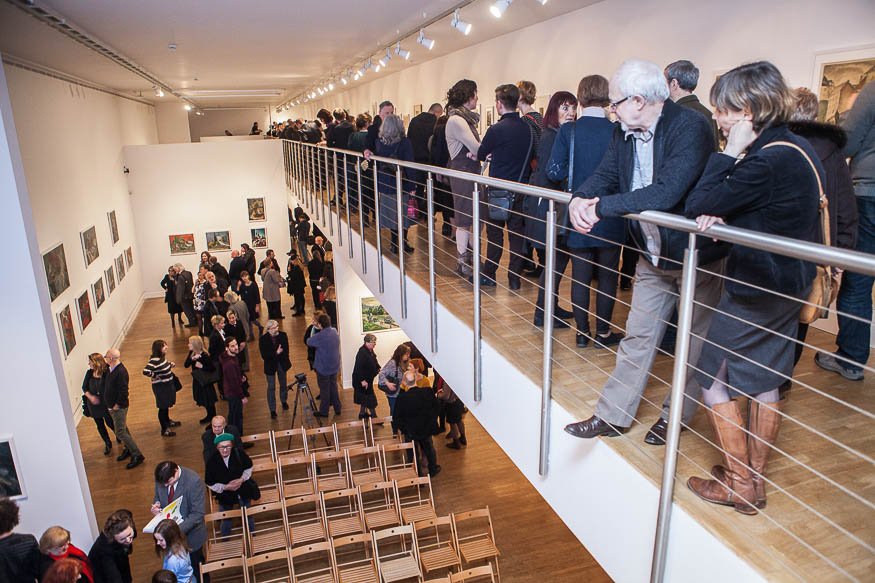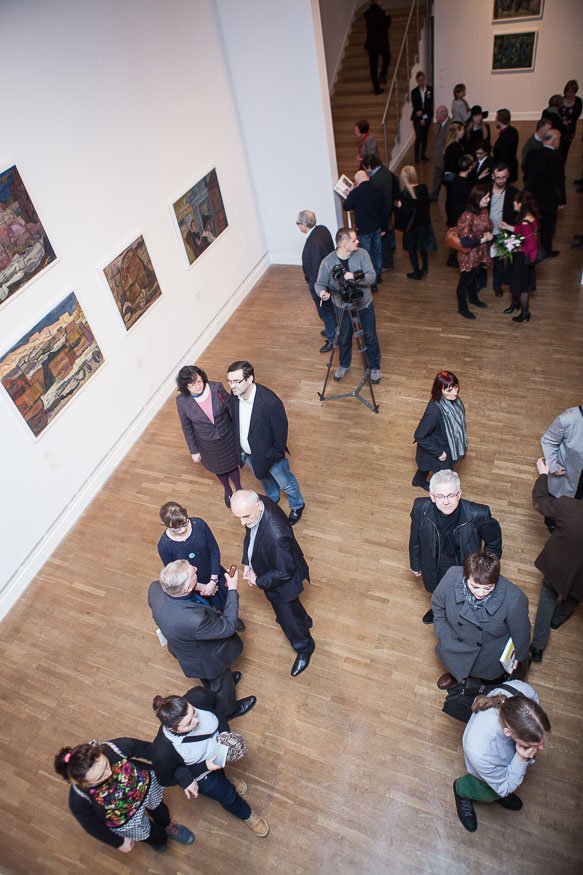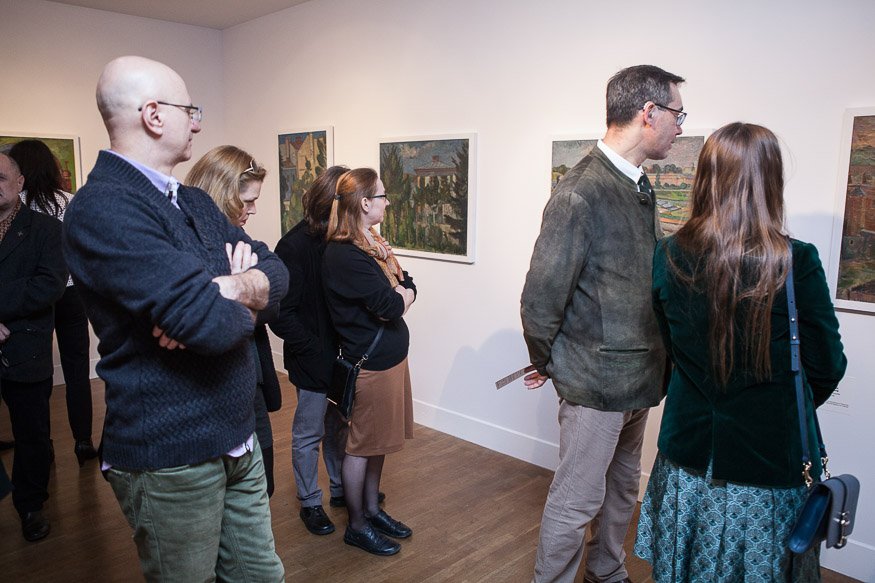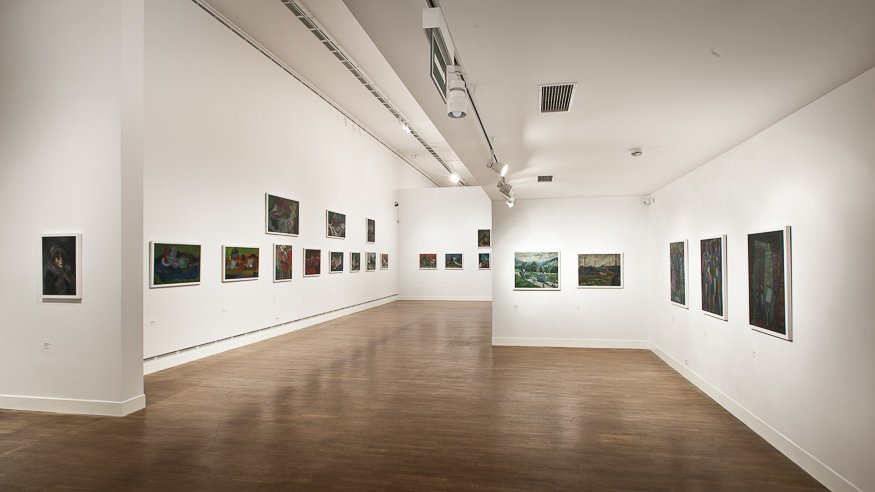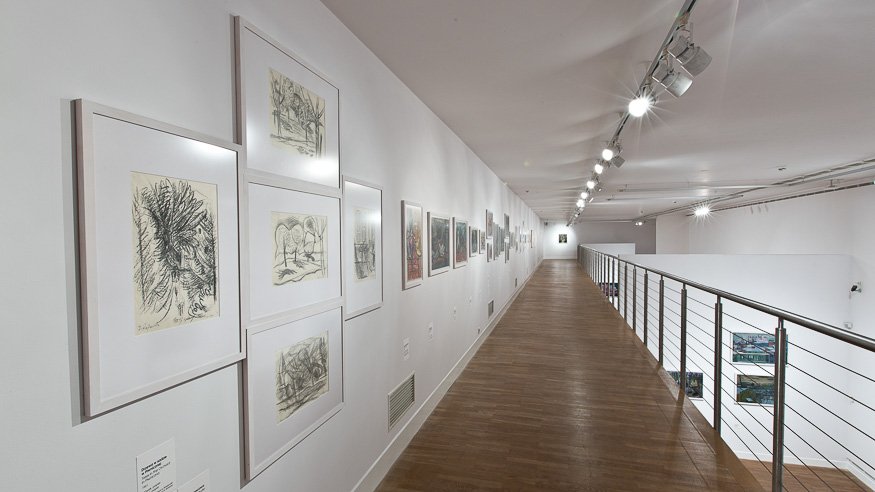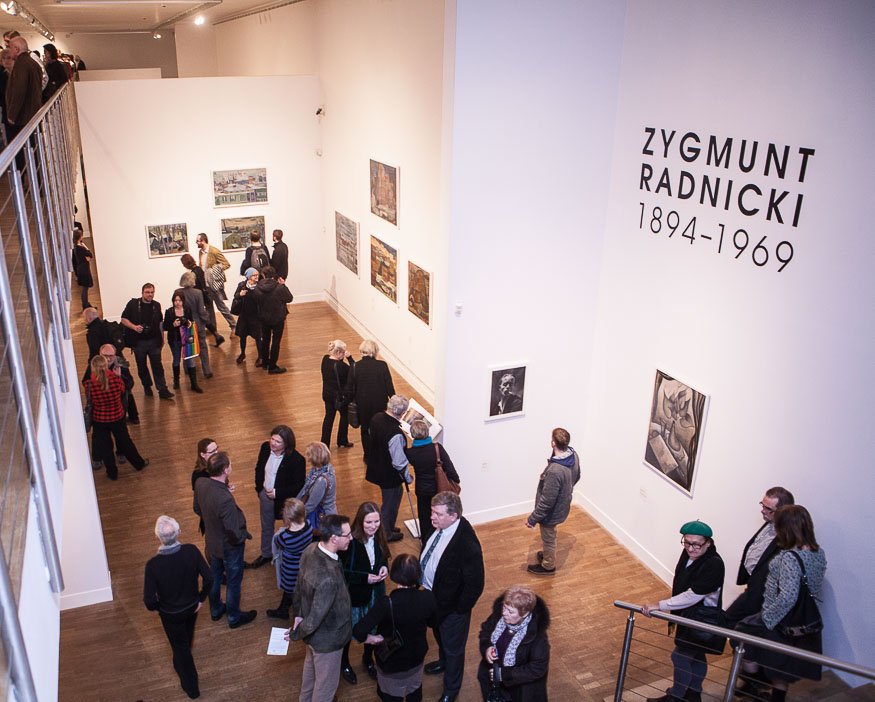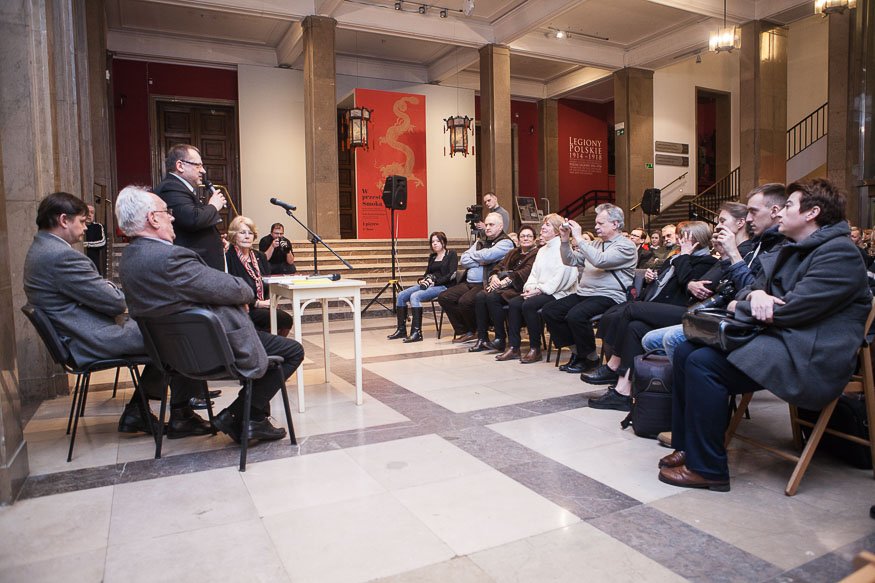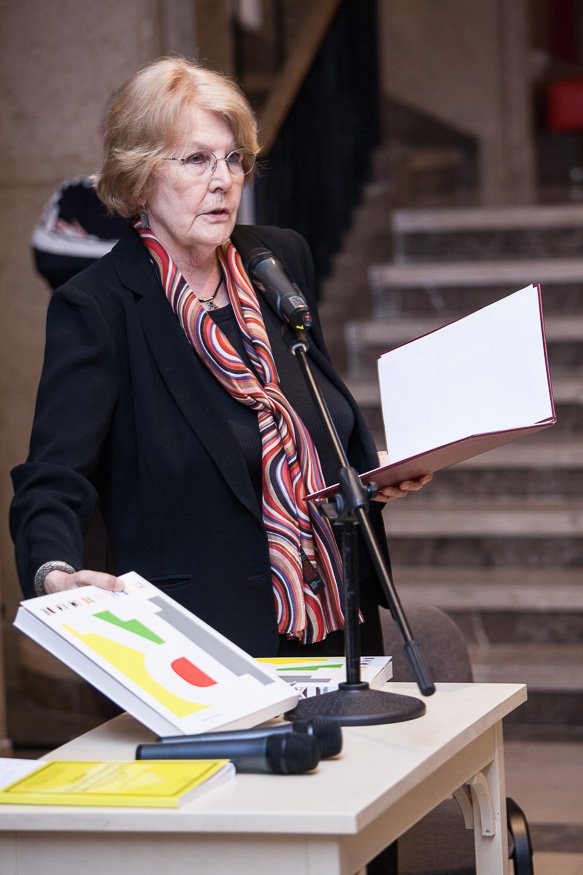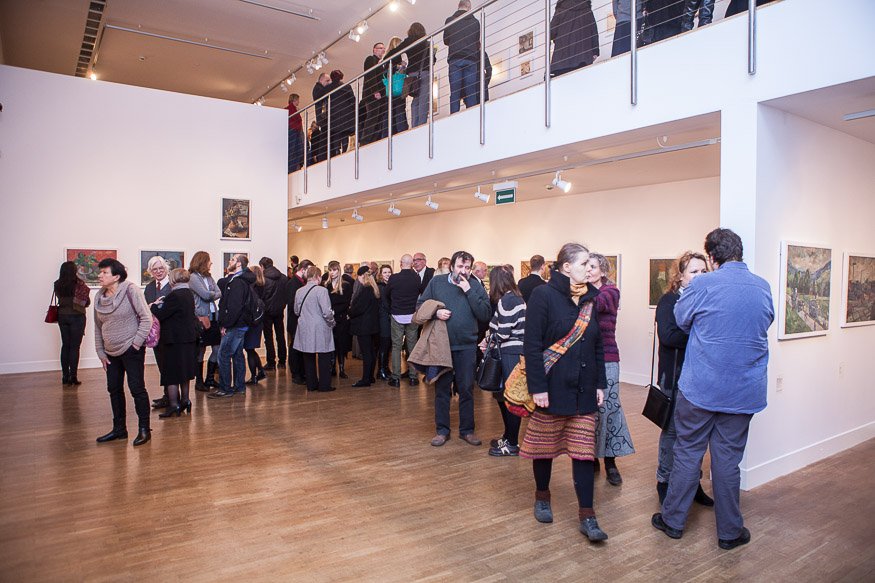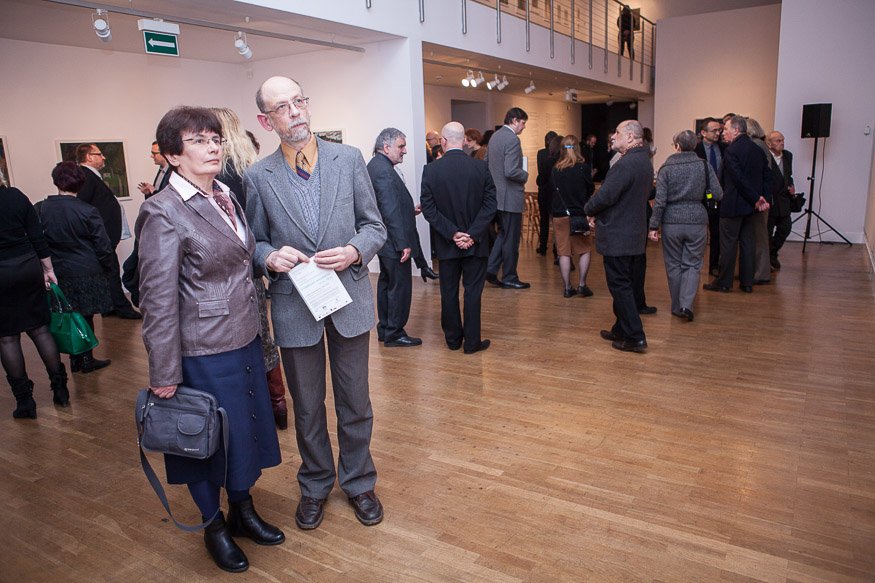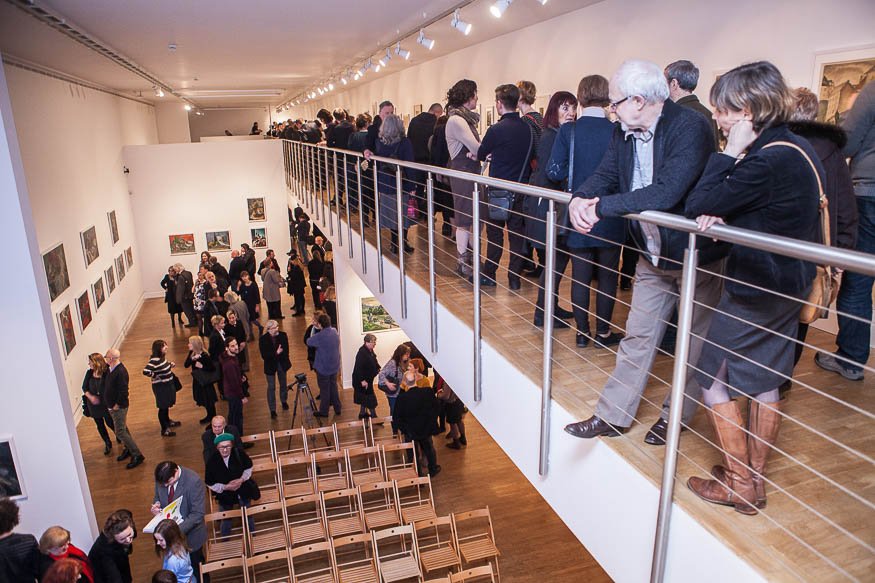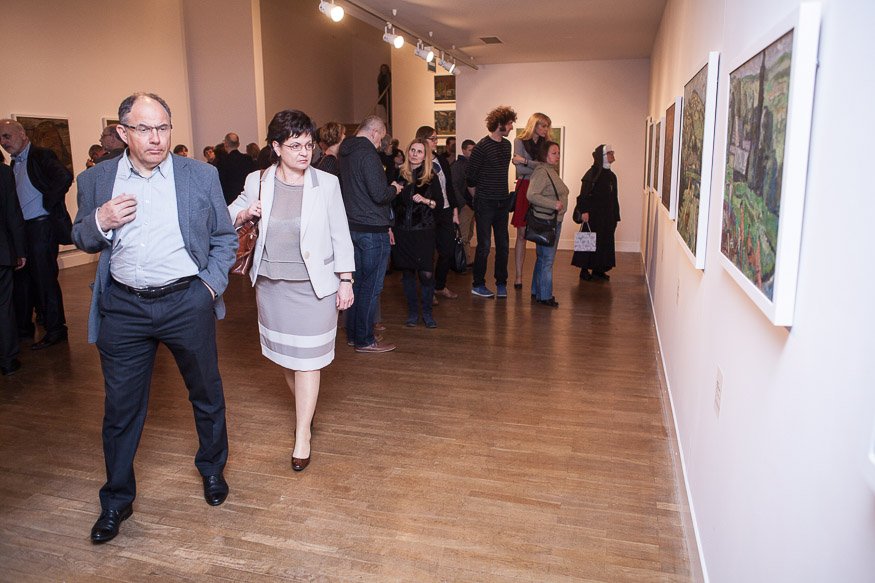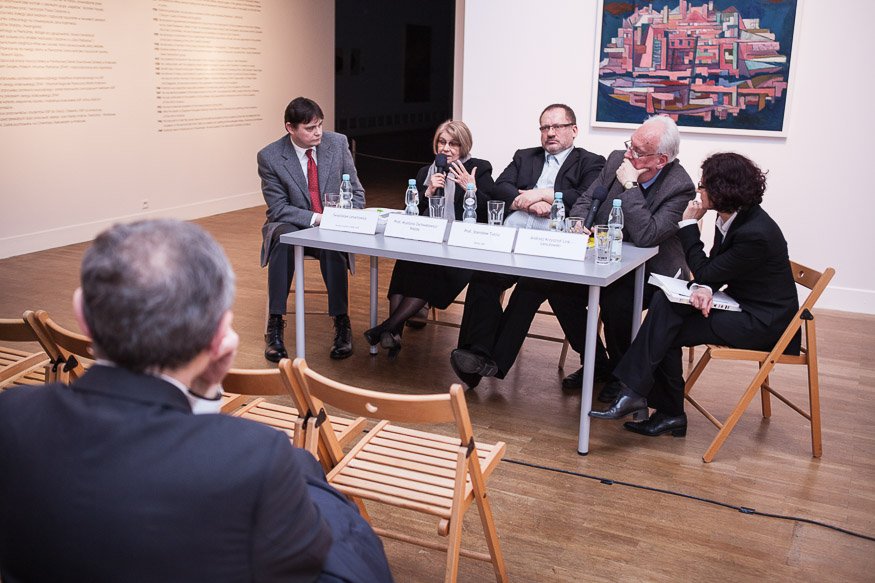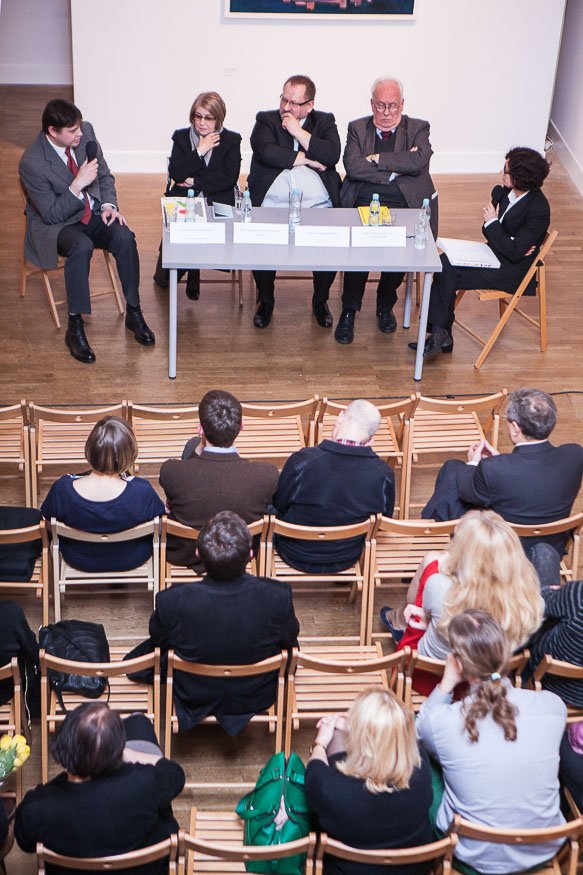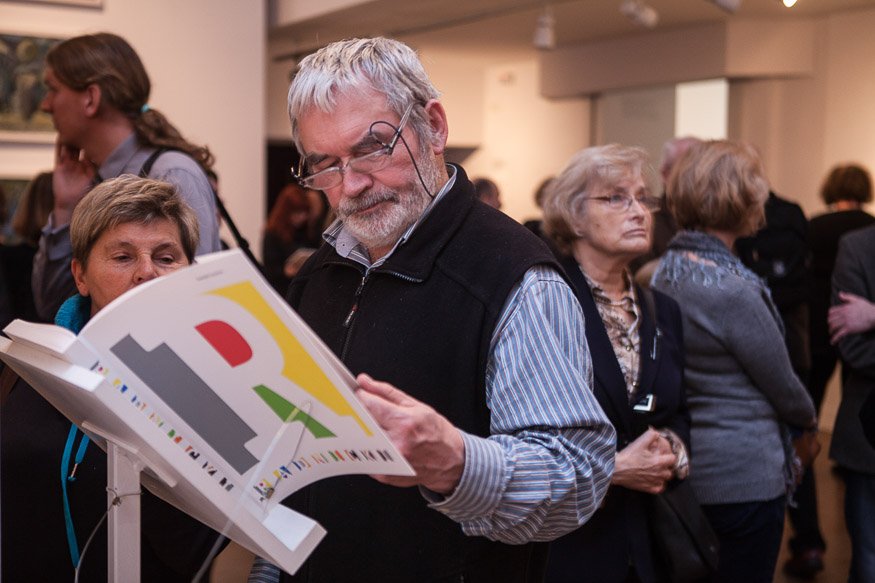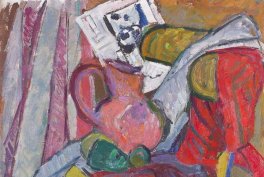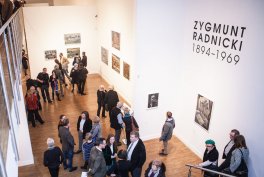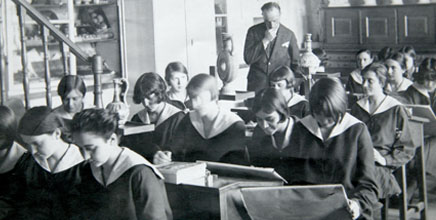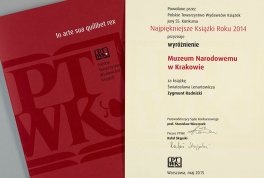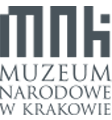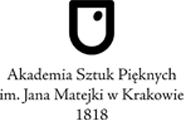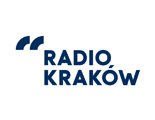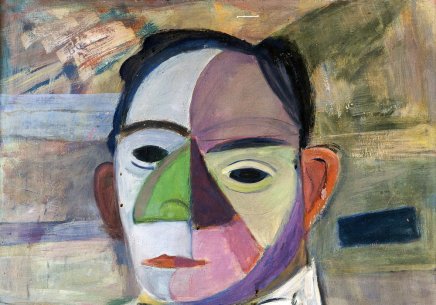
Zygmunt Radnicki was one of the youngest representatives of the generation of artists who formed modern art in Poland. The works of this outstanding painter from the years 1913-1969 are presented at the exhibitions in the Main Building of the National Museum in Krakow and in the newly opened Gallery of the Academy of Fine Arts in Krakow, which are jointly organized by the two institutions.
"For the last few years, the Academy of Fine Arts in Krakow has been publishing albums devoted to the work of some outstanding artists associated with this school" - writes Zofia Gołubiew in the album accompanying the artist's exhibitions at the National Museum in Krakow and the Academy of Fine Arts. - "The present volume is dedicated to Zygmunt Radnicki (1894-1969), an insufficiently known, and therefore insufficiently appreciated artist. It is necessary to remember his work and person as one of the artists involved in experimenting and exploring".
Zygmunt Radnicki was born in Czortków near Tarnopol; in the interwar period he lived and worked in Lviv. After the Second World War, he settled in Krakow and worked at the Krakow Academy of Fine Arts, where he was a professor and rector. Above all, however, he was an artist involved in painting and printmaking. He began studying at the Krakow Academy of Fine Arts before the First World War, but did not graduate until 1924 as he was drafted into military service in 1915.
Three years earlier, he took part in the exhibition of Formists – an avant-garde group which was inspired by trends such as Cubism, Expressionism, Futurism, and which featured artists such as Leon Chwistek, Tytus Czyżewski, Zbigniew and Andrzej Pronaszko, August Zamoyski, Stanisław Ignacy Witkiewicz, Kazimierz Szczuka, Jan Hrynkowski.
In 1925, Radnicki was granted a scholarship in Paris, where he studied under Józef Pankiewicz in the Paris branch of the Krakow Academy of Fine Arts. It was then that he became fascinated with Paul Cézanne's painting, which had a great impact on the entirety of his later work.
Radnicki was able to combine his experiences gained with Formism, Cézanne 's art and Colourism (he was friends with “Kapists”, especially with Jan Cybis), creating his own original language of painting. As a teacher, he influenced many artists, including such prominent ones as Andrzej Wróblewski.
Part of the exhibition presented at the Gallery of the Academy of Fine Arts presents Zygmunt Radnicki as a student who began his artistic career there in 1913, to finish it as a professor and rector of the Academy. In his text for the catalogue, Andrzej Wajda recalls Radnicki as an excellent teacher: “Professor Radnicki never talked about his own painting, or about his own artistic preferences.
This distance, especially in the first year, did not shape any artistic tastes. It was the best possible introduction to further studies, based on students' free choice of one of the painting or sculpture ateliers at the Krakow Academy of Fine Arts. This one year of drawing allowed us to make our own conscious choice of further studies. The professor certainly gave us fair and unbiased grades, but at the end of the year he knew more about our future than we thought. When I finally parted with the Krakow Academy in order to study at the Lodz Film School, what stayed with me from those three years was the drawing skill, which often replaced words in my conversations with the film crew.”
On the other hand, the exhibition of works at the Main Building of the National Museum in Krakow – in the “Colourism” Hall in the Gallery of 20th - Century Polish Art – reflects the importance of Radnicki's work in the history of Polish art.
Radnicki's works, which have never been displayed before as part of the permanent exhibition, are presented in the context of the work of his colleagues, who significantly influenced him or accompanied the development of his work.
The exhibition at the National Museum in Krakow features fifty-five paintings and sixty works on paper, while the Academy of Fine Arts presents two paintings and thirty works on paper. The exhibition is accompanied by an album authored by Światosław Lenartowicz, which was published by the Academy of Fine Arts and the National Museum in Krakow.
MNK The Main Building
al. 3 Maja 1 The 'Colourism' Hall in the Gallery of 20th - Century Polish Art- Monday: closed
- Tuesday - Sunday: 10.00-18.00
1958, oil on canvas; 79 x 66 cm.
Ownership: The National Museum in Krakow
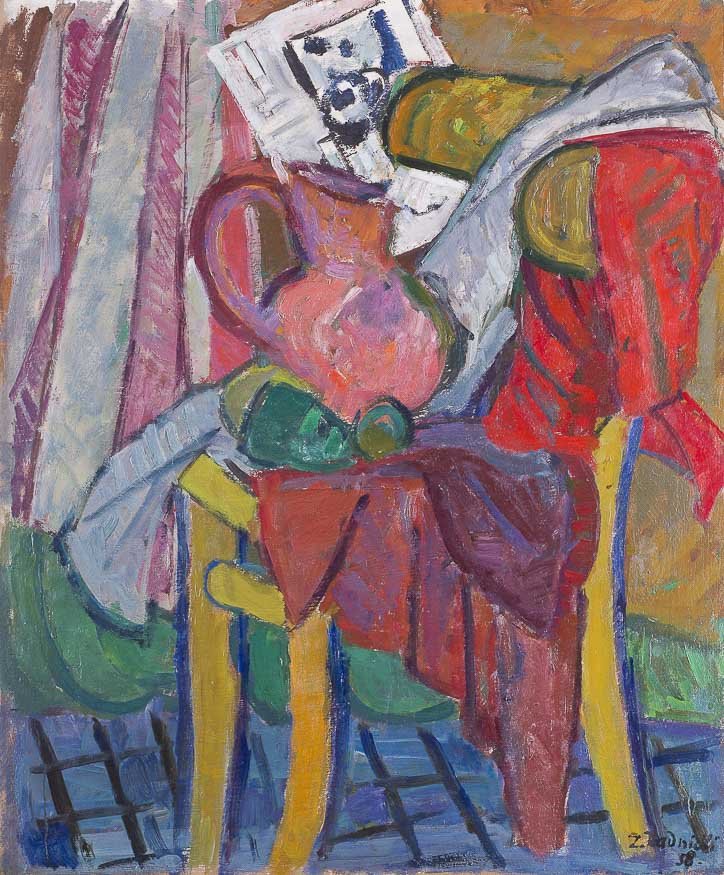
1968, oil on canvas; 65 x 81 cm.
Ownership: The National Museum in Krakow / Photography Studio, National Museum of Cracow
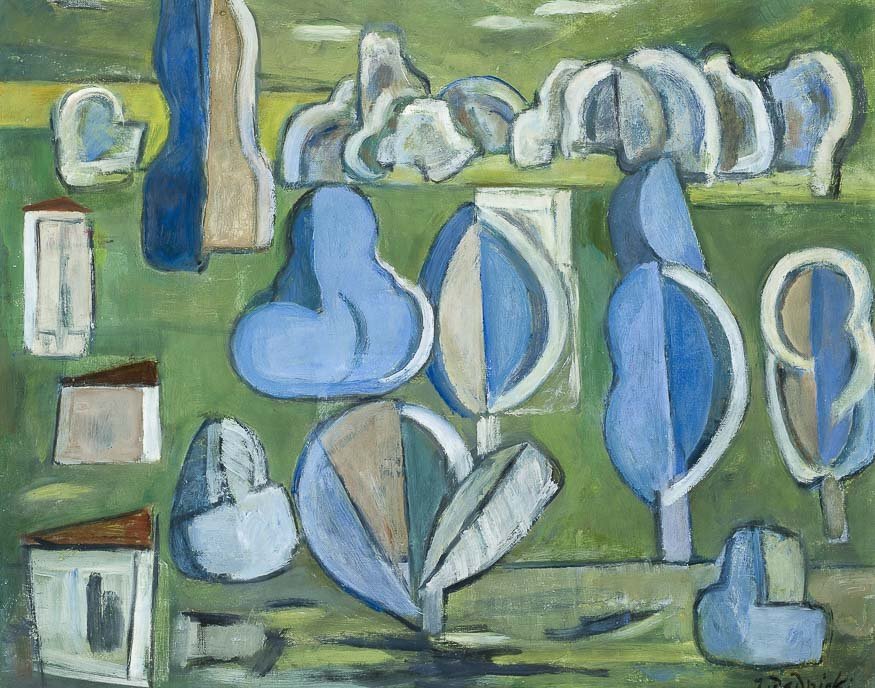
1959, oil on canvas; 60 x 75 cm.
Ownership: The National Museum in Krakow / Photography Studio, National Museum of Cracow
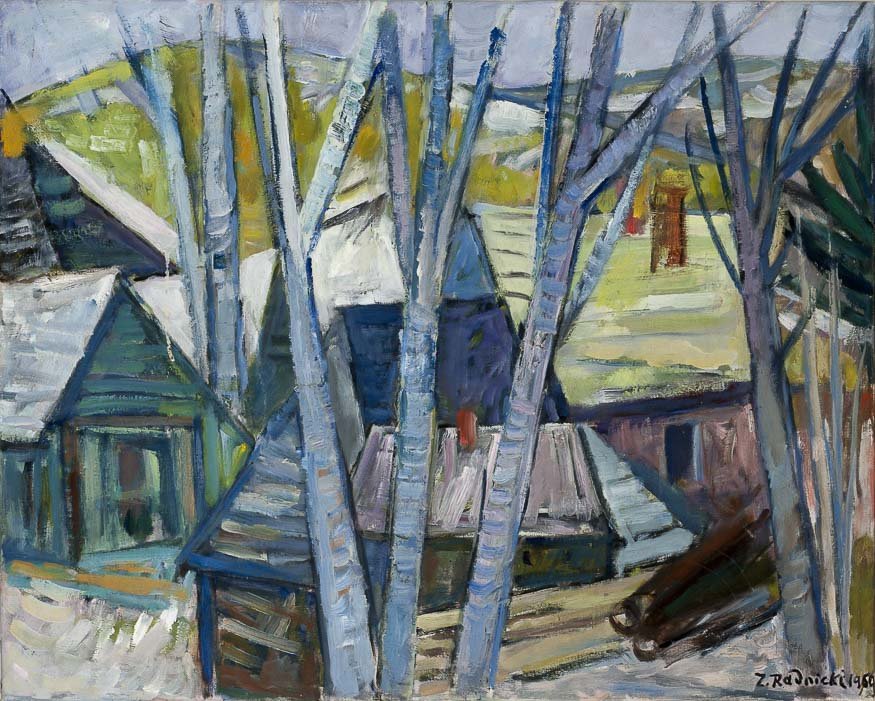
1956, oil on canvas; 66 x 79 cm.
Ownership: The National Museum in Krakow
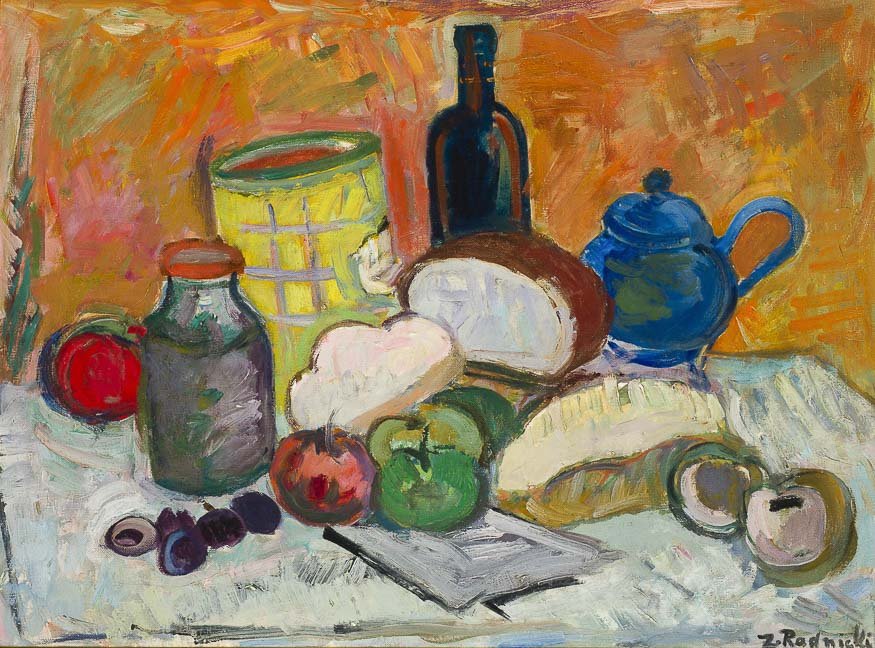
ok. 1921, watercolor, pencil, paper; 57 x 41,8 cm.
Ownership: The National Museum in Krakow / Photography Studio, National Museum of Cracow
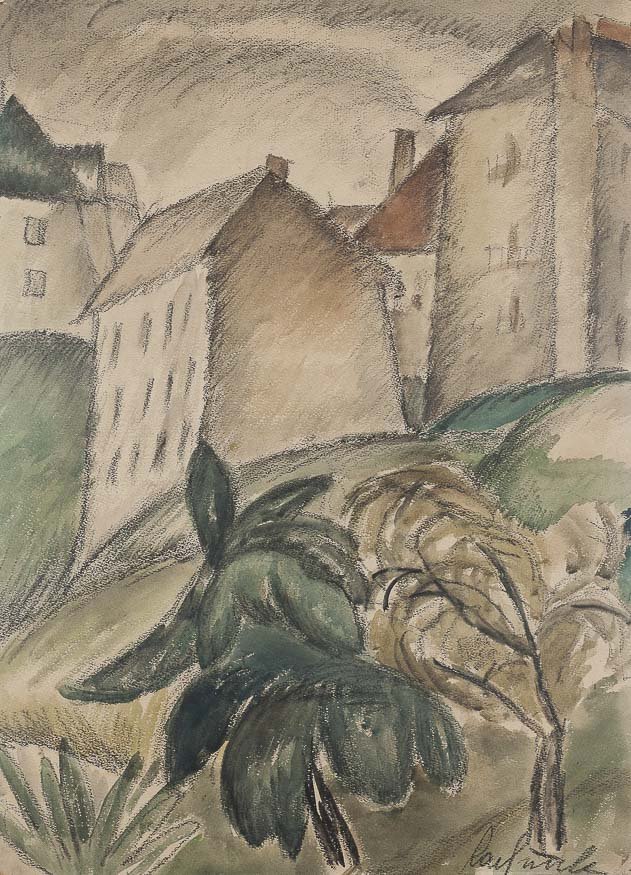
1953, oil on canvas; 50 x 65 cm.
Ownership: The National Museum in Krakow. / Photography Studio, National Museum of Cracow
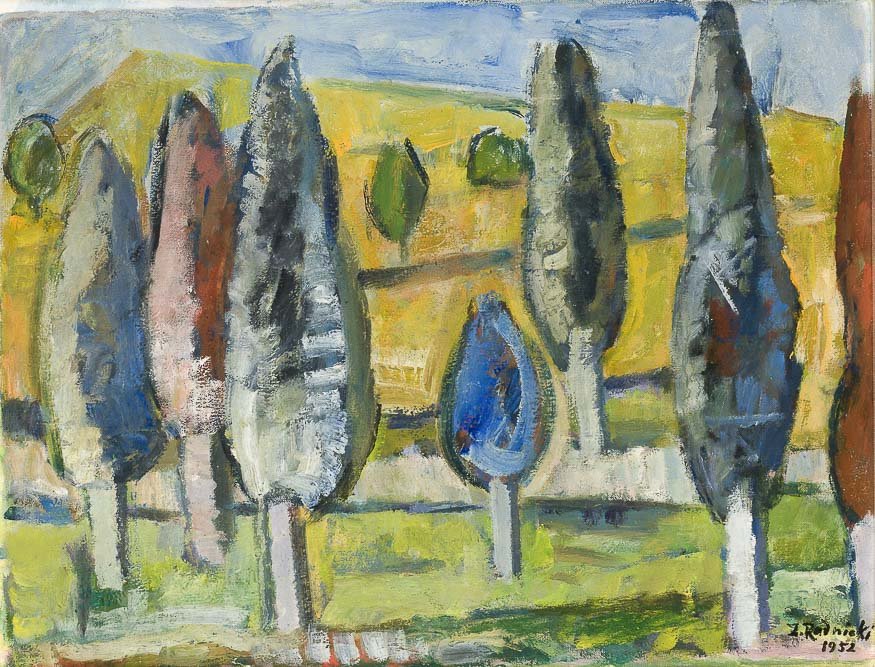
ok. 1922, woodcut, paper; shoe size, contemporary print made by Christopher Wejman.
Private property.
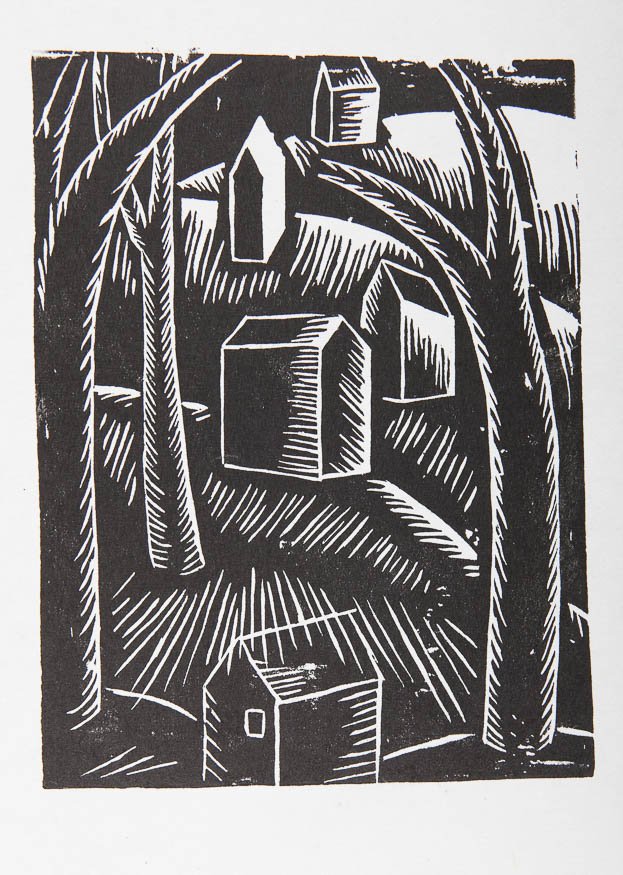
1953, oil on canvas; 60 x 90 cm.
Ownership: The National Museum in Krakow. / Photography Studio, National Museum of Cracow
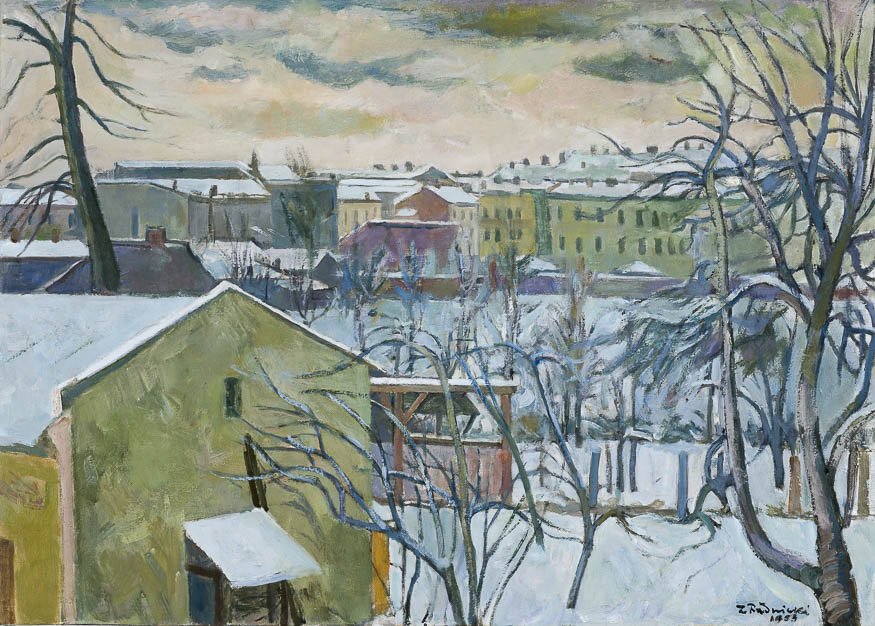
1958, oil on canvas; 69 x 108 cm.
Ownership: The National Museum in Krakow. / Photography Studio, National Museum of Cracow
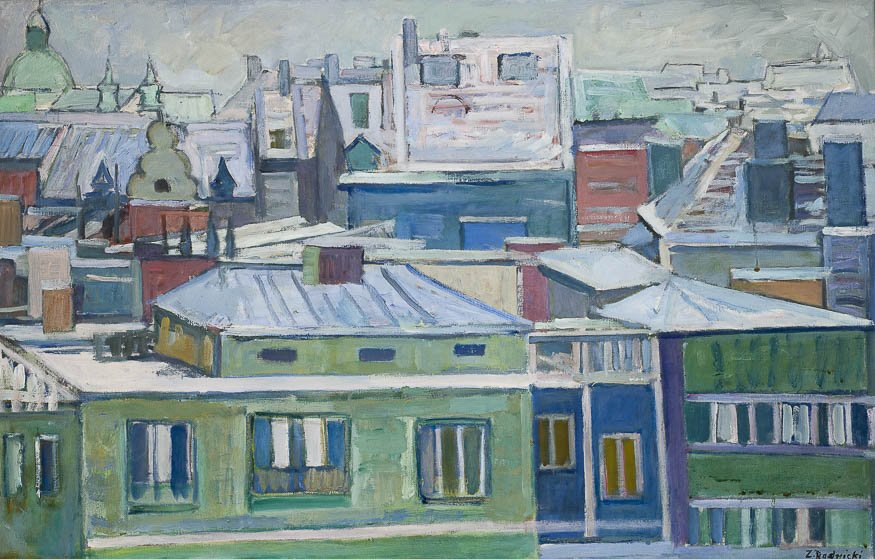
1959, watercolor paper; 20,2 x 31 cm.
Private property.
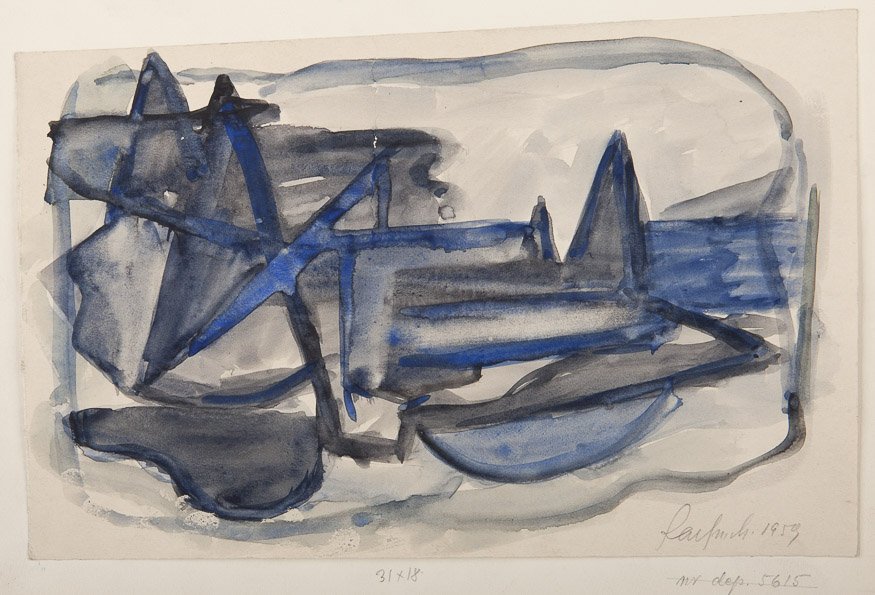
1961, oil on canvas; 60 x 96 cm.
Ownership: The National Museum in Krakow / Photography Studio, National Museum of Cracow

1965, oil on canvas; 55,5 x 61 cm.
Private property.
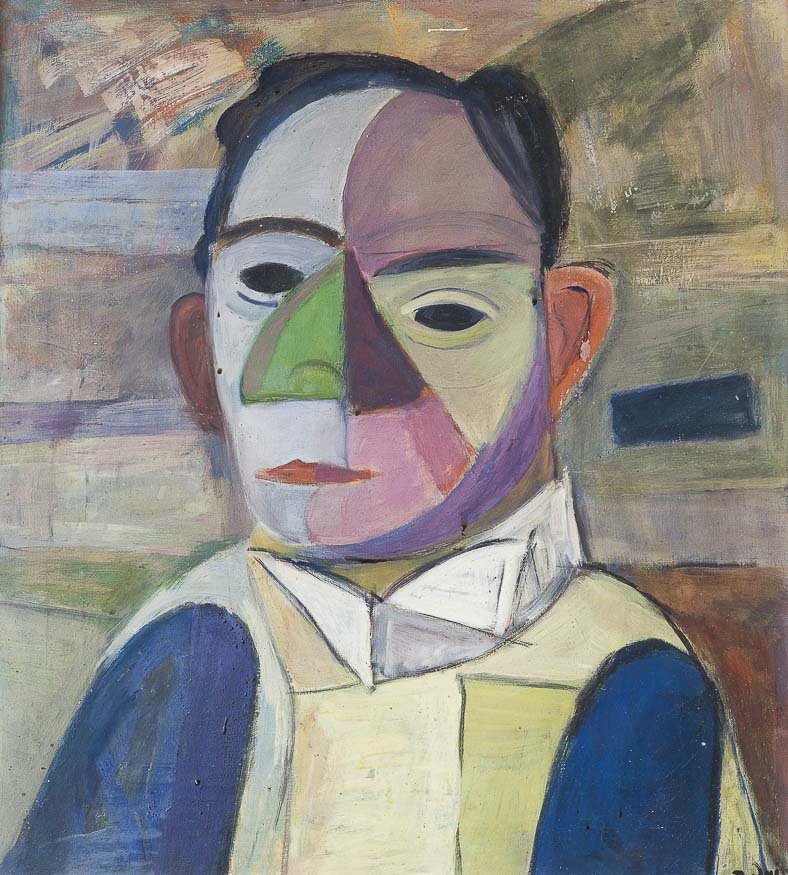
1966, oil on canvas; 87 x 60 cm.
Private property.
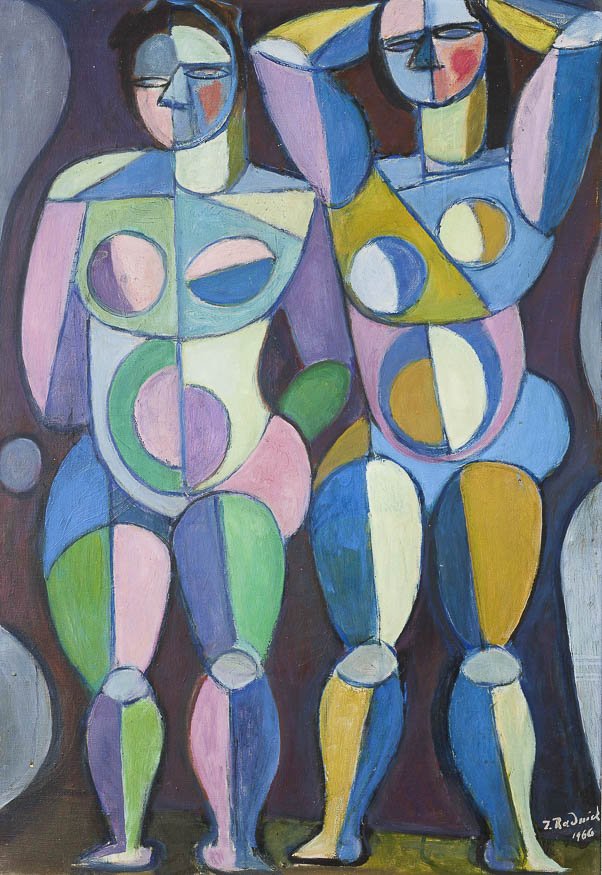
1965, oil on canvas; 88 x 61 cm.
Private property.
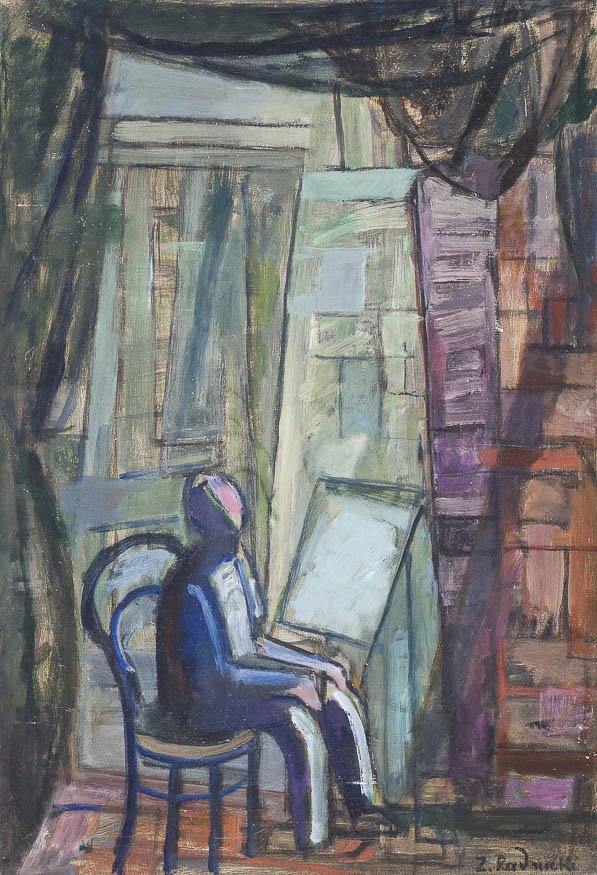
/ photo by Karol Kowalik – Photography Studio, National Museum of Cracow
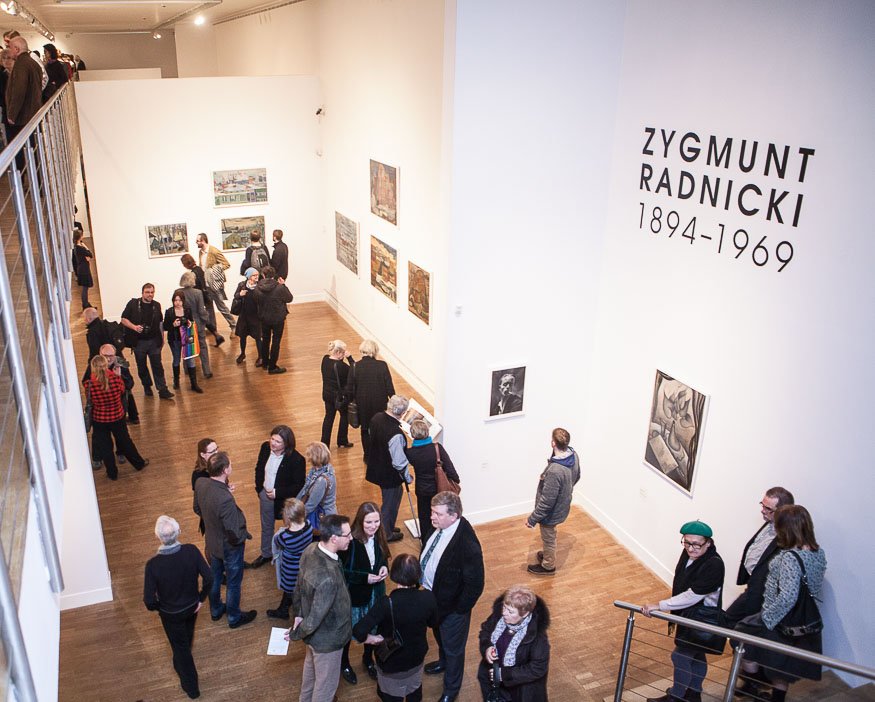
/ photo by Mirek Żak – Photography Studio, National Museum of Cracow
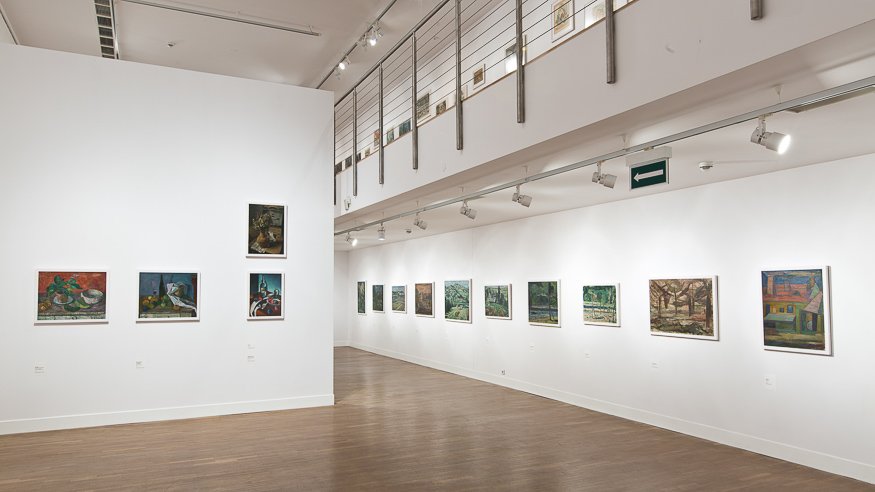
/ photo by Mirek Żak – Photography Studio, National Museum of Cracow
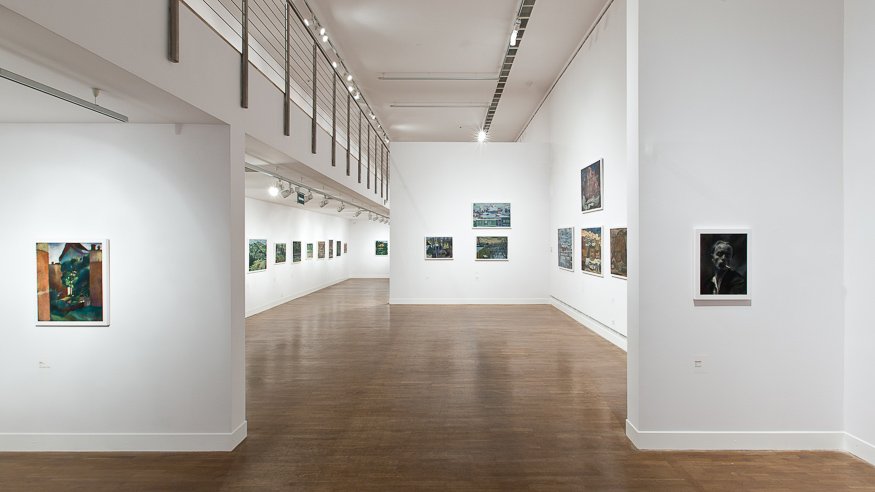
/ photo by Karol Kowalik – Photography Studio, National Museum of Cracow
